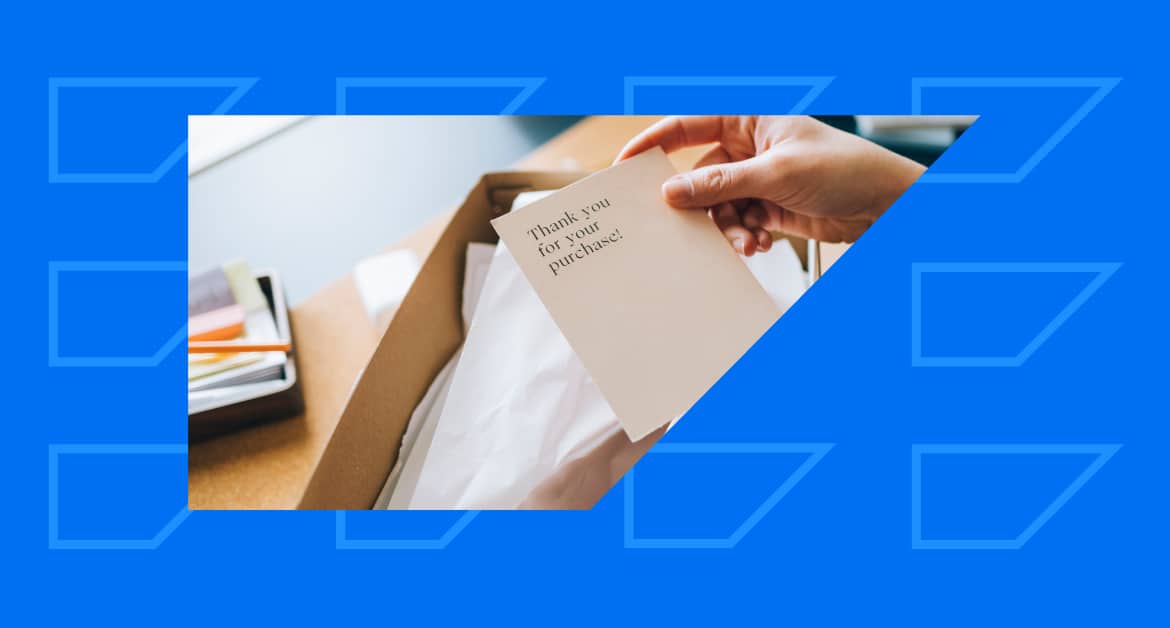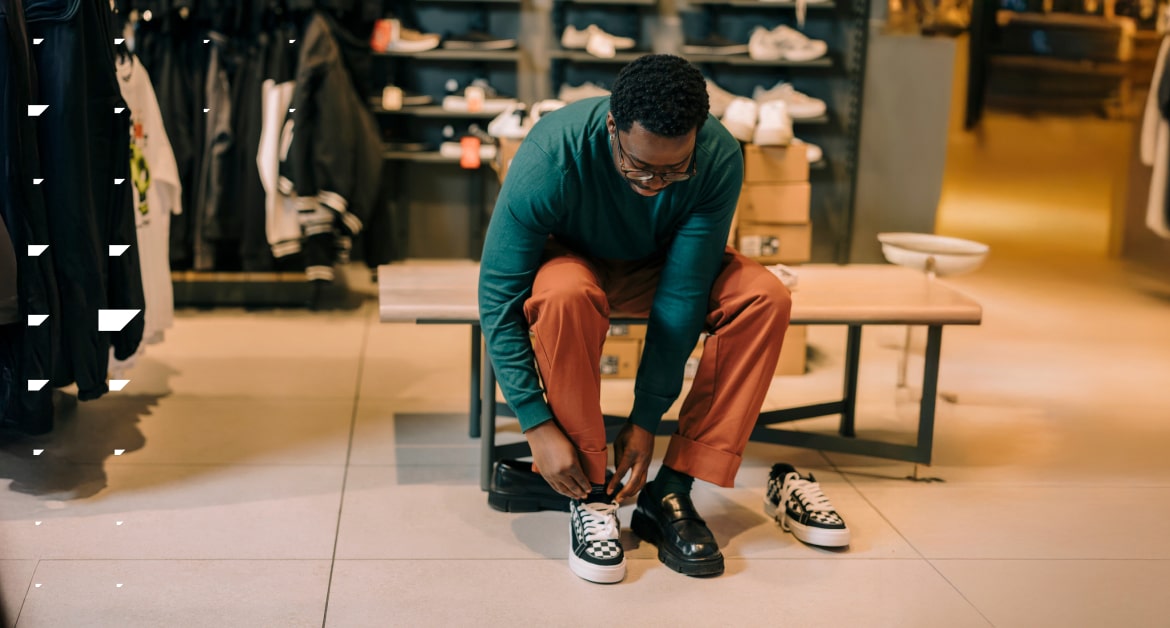Big data refers to a data set that is too large and complex to manage without advanced database management tools or marketing automation solutions. The term certainly isn’t new, but wise marketers are using it every day. That’s because they know big data remains a critical piece to unlocking the full power of personalized email marketing. When used correctly — by both the marketer and by the machine (AI, machine learning, etc.) — big data can make it possible to send timely, relevant emails to your customers or contacts.
And we all know by now that customizing emails for each individual is well worth it: personalized emails that leverage the right data sets improve click-through rates by 14% and conversions by 10% (Aberdeen). And, according to Experian, personalized emails drive 6x higher transaction rates. So, how can you use big data in your email marketing campaigns?
5 Big Data Examples to Boost Your Email Campaigns
When it comes to “big data,” we want to start by, ironically, keeping our campaigns small and focused based on what data we can isolate and use in actionable ways. We also want to think about “who” (the customer) and “what” (the experience) we want to do, as opposed to what data we want, in order provide a more customer-centric experience. Think less about data or segments, and more about experiences. What end result do you want to achieve? Then, determine what data you need to enhance and personalize that email experience.
1. Give contacts a chance to buy items they were looking at
“Recently viewed items” lends insight into what a particular contact has demonstrated some interest in, but not quite enough to convert.
At this stage, the contact is simply browsing your website, perusing items that they may or may not have intention of purchasing. Armed with this specific web interaction data, though, you can charm these contacts with an alluring email filled with all of the items they’ve been checking out.
What big data you’ll need and for what kind of email: Items viewed but not saved or added to cart to send browse abandonment emails.
These campaigns will be contact-based — but nonetheless will be sent based on defined triggers/events that you can set up in your marketing automation platform. As one of the earlier stages in the purchase cycle, the goal with browse abandon emails is simply to give contacts a second chance to buy.
2. Give contacts a second chance to buy
Contacts who begin to build a shopping cart but who do not check out may also require a gentle nudge to check out.
If you narrow your big data set to identify contacts who have built shopping carts but, for whatever reason, didn’t convert, you’ll have insight into subjects who are right on the edge, ready and ripe to buy AND which items they’ve added to their cart.
Send them an email with their saved items and a CTA to buy.
What big data you’ll need and for what kind of email: Items saved or added to cart but not bought to send shopping cart abandonment emails.
In order to identify who these customers are, you’ll need to access this particular segment in your CRM/automation platform; set parameters for the segment you want to target; use your email channel to re-engage that segment; create your campaign; and execute. These emails will need to address each customer by name, and showcase items added to each individual’s cart. Keep shopping cart abandonment emails concise and to-the-point to make it as easy to buy as possible.
3. Add additional revenue-generating potential to the post-purchase experience
If you combine these two categories of big data — purchase behavior and preference information — you can actually begin to personalize those “post purchase” confirmation emails with information that goes beyond item bought, description, quantity, amount spent, payment method, transaction number, etc.
In addition, use big data about customers to add more utility and cross-sell opportunities to these emails.
What big data you’ll need and for what kind of email: Purchase and customer preference data to send post-purchase confirmation emails with cross-sells.
Since confirmation emails will likely be saved by customers (in case they need to return an item or reference it later), you can be strategic about using these kinds of emails as another opportunity to sell.
Use purchase data and preference data in tandem to cross-sell by presenting ultra-relevant items that could compliment whatever was just bought.
4. Drive sales with customized, geographically-relevant emails
When thinking about providing value and relevance to existing contacts, how better to show you know them as an individual then with customized, local offers?
Big data comes in many forms, sometimes shedding more insight than just who a customer is — but also where.
If you want to draw individuals in to your physical store or just offer them relevant incentives based on where they are, show them that you know them on that level.
What big data you’ll need and for what kind of email: Location and customer demographic data to send personalized, location-based emails.
For example, my favorite local winery sent me a personalized email with a special code, urging me to come back and use it.
Similarly, retailers can use location data to educate, excite, and entice customers to return to the location in closest proximity to where they live. Pairing location data and demographic information about customers is a great way to prove you know who they are and where they are.
5. Send personalized emails with product recommendations
Website browsing and previous purchase information both add tremendous context and depth to who each individual is.
The goal when pairing these two distinct data sets is to get an idea for both what styles and categories a certain person likes and also which kinds of items they typically buy — and their average order value, at what frequency they buy, and more.
Drilling down to understand this kind of big data will allow you to send relevant emails with recommended products most likely to peak the interest of individual contacts.
What big data you’ll need and for what kind of email: Web browsing data and past purchase behavior to send personalized product recommendation email with individualized incentives.
More effective then sending one-size-fits-all emails to your entire database is using what you know about each person to share customized content based on who they are and what they like.
Personalizing emails requires some insight into what customer like, though. You can use historical information such as items they’ve browsed, paired with past purchases and loyalty information to tee up emails with highly-relevant recommendations aimed to retain already-interested customers.
Where Does This “Big Data” Come From?
Where does this “big data” come from?
Data is generated at almost every touch point a customer has with you, including email interaction, web behavior, set preferences, and purchase data:
Source (This image comes from an excellent infographic on using big data for email by Email Monks)
But using it in your email marketing campaigns to increase readership, opens, clicks, relevant, and add value doesn’t just happen because we have access to it.
A word on getting started with big data
When most businesses decide they want to pursue a “big data” project, it quickly escalates into a multidimensional (numerous channels, SKUs, categories, customer attributes, etc), cross-functional (marketing and IT), cumbersome project.
According to Bill Franks, Chief Analytics Officer at IIA, you can’t tackle big data initiatives like traditional data projects.
As Franks wrote, “…start small. Define a few relatively simple analytics that won’t take much time or data to run. For example, an online retailer might start by identifying what products each customer viewed so the company can send a follow-up offer if they don’t purchase.”
In her book “Big Data Marketing,” Lisa Arthur, CMO at Relativity, suggests that when you begin small, set a business outcome you want to achieve.
Final Thoughts
Bridging the gap between collecting and applying big data is a challenge for any marketing team across any industry. But it’s the key to personalizing your emails. Personalization is crucial to email success — 94% of marketers spanning multiple industries said personalization is “important,” “very important,” or “extremely important” to achieving their email marketing goals.
So, rather than ignoring big data, or just shoving it to the side (or delegating it to IT or your data scientist), explore step-by-step processes you can take to dig into the data you have.
Being data-driven isn’t just a “nice-to-have.” It’s quickly becoming a key component of any successful marketing organization, and one you need to dive into in order to supply the kind of personalized emails that are going to drive value, relevance, and revenue.
Related Resources:
- Revolutionizing Big Data with Artificial Intelligence
- The First Step to AI Readiness: Cleaning Your Data
- The Ultimate Guide to Measuring Email Marketing Success: 12 Key Metrics
► This article is all about big data and email. Get the can’t-miss whitepaper below to learn how data-related technologies will affect your broader digital marketing strategy.












